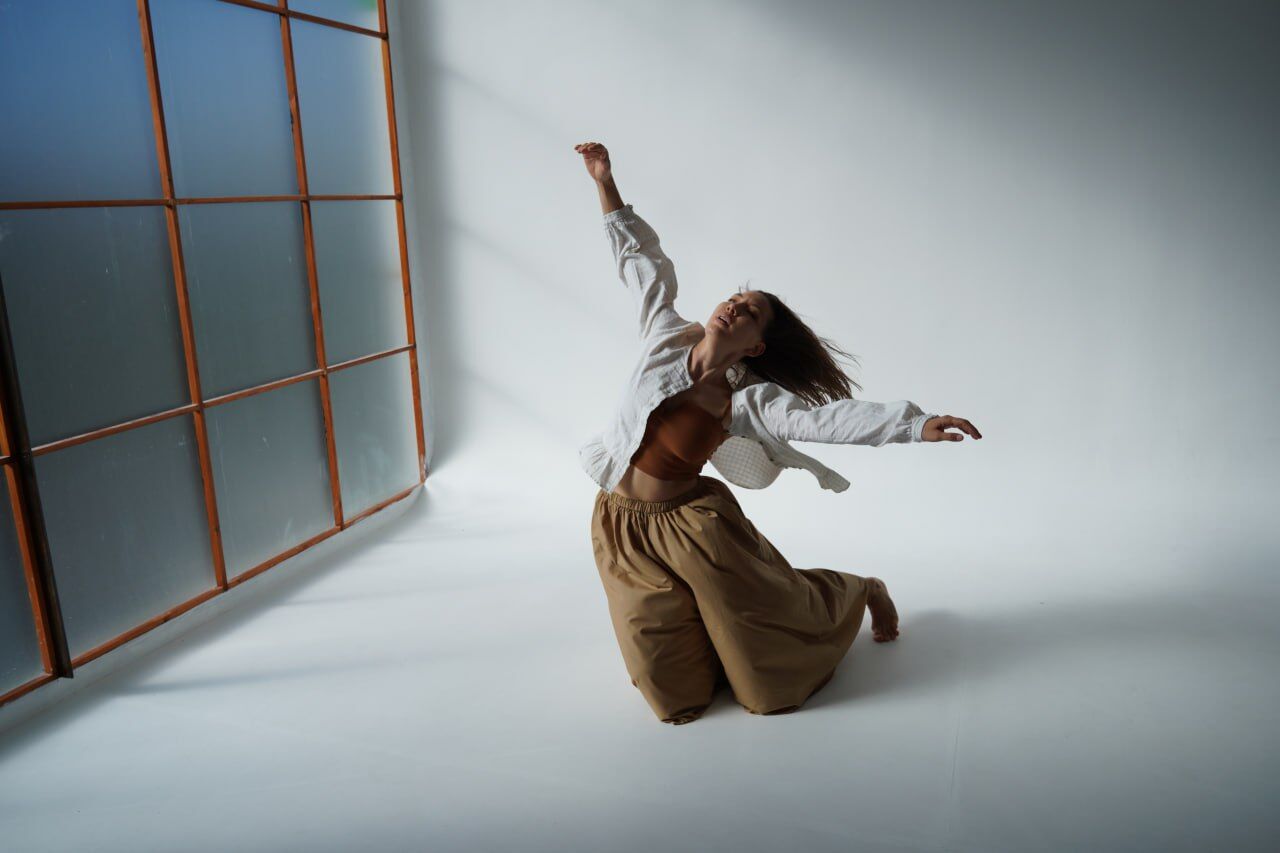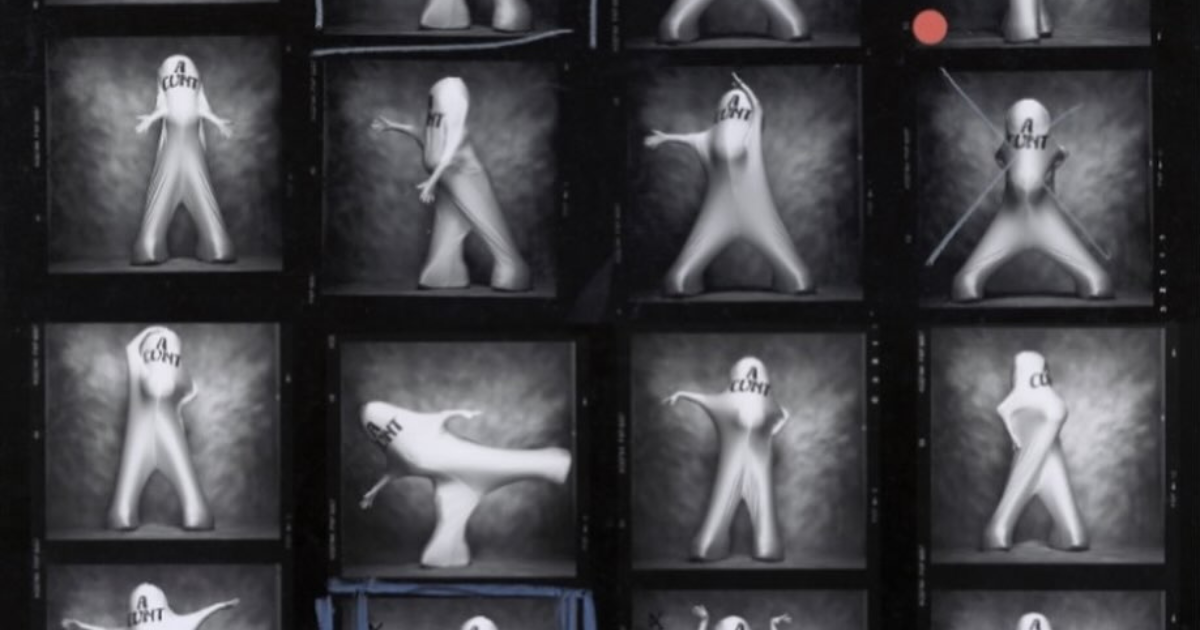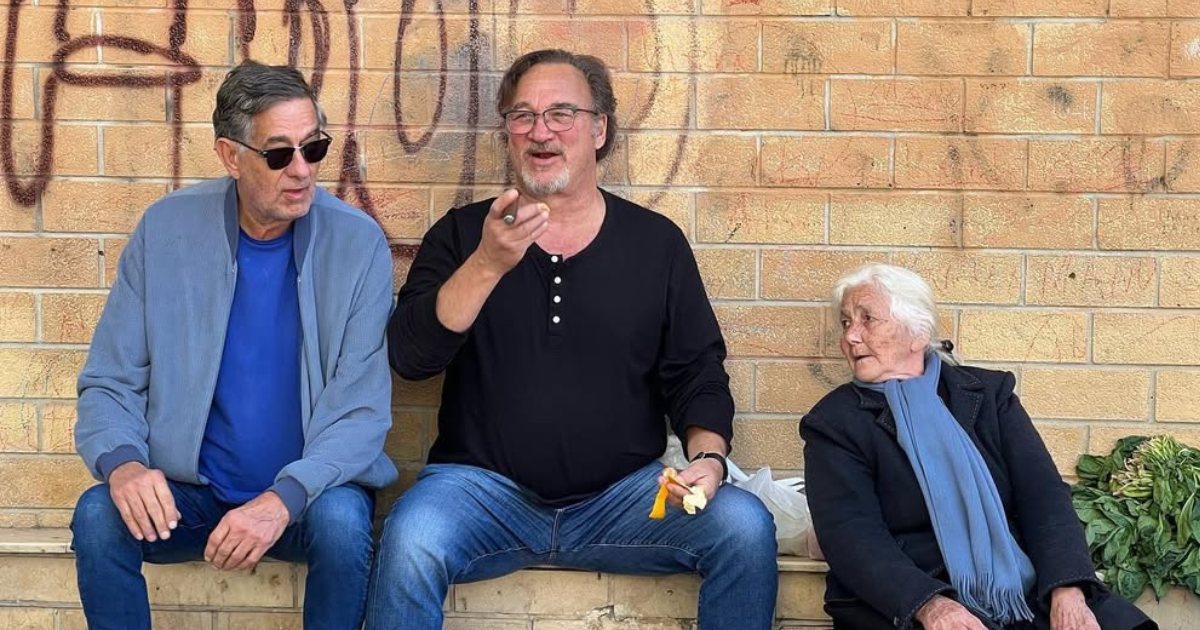Expression through movement
Everything about Contemporary Dance with Maria Tikhomolova

Contemporary dance is a true body theater, where one person can be the performer, the audience, and even the critic. This mix of dance genres includes modern, jazz, lyrical, and classical ballet. Contemporary dancers aim to connect mind and body through smooth movements.
Unlike the strict ballet genre, contemporary dance emphasizes versatility and improvisation. Using gravity, dancers focus on floor work, often performing barefoot and to the music of various styles.
The pioneers of contemporary dance are Isadora Duncan, Martha Graham, and Merce Cunningham. They "broke" the rigid forms of ballet. Together, they believed that dancers should have freedom of movement, allowing their bodies to freely express their deepest feelings.

Photo: Unsplash
In the first half of the last century, a new dance form appeared, known as "modern dance”. Martha Graham built it on breathing, movement, contraction, and relaxation of muscles.
Alvin Ailey, a student of Martha Graham, had a closer connection to older techniques but was the first to introduce African-American aesthetics into modern dance.
Inspired by the unique music of John Cage, Merce Cunningham developed an abstract dance form. He took dance out of formal theatrical settings, showing that movements could be random and every performance could be unique. Cunningham is often called the father of contemporary dance.
Today, contemporary dance is an eclectic mix of styles, with choreographers drawing inspiration from ballet, modern, and postmodern dance forms. While some contemporary dancers create characters, theatrical events, or stories, others perform entirely new creations, improvising and exploring the possibilities of the human body.

Photo provided by Maria Tikhomolova, scene from the "Quartet" play by the Ilkhom Theatre
In Tashkent, you can explore contemporary dance with Maria Tikhomolova's ensemble
"I chose Contemporary Dance even though it is not very developed here. There were no teachers in Tashkent, but I was fortunate to attend classes by choreographers Wayne McGregor and Russell Maliphant," Maria shared.
Maria's first love in the art world was ballet – going to the Alisher Navoi Theater as a child was the most anticipated event for her. Although she didn't get into the choreography school after two attempts, she didn't want to give up on ballet or remain just an audience member. One day, while watching TV, she stumbled upon "Giselle" staged by Mats Ek.

Photo by Anna Shishkina, provided by Maria Tikhomolova
"Strange decorations and dances...", she thought. Through naturalism and primitiveness, she felt the freedom – in the body and soul of the artists, in the mastery of the choreographer. That's when Maria found the path she wanted to dedicate her life to.
"I have worked at the Alisher Navoi Theater for seven years. Despite not having a choreography school diploma, I was accepted into the ballet troupe. There, a colleague of mine wanted to dance something new, and fresh, and try herself at contemporary choreography. So, I choreographed a concert piece for her to the music of A. Piazzolla. Director Andrey Evseevich Slonim allowed the piece to be performed on stage. That's how I gradually began to understand that I enjoyed creating more than performing." - Maria shared.
In Tashkent, there aren't many ensembles dancing contemporary. Margarita Domakhina, Maria's student, teaches contemporary at the Apocalips dance studio.


